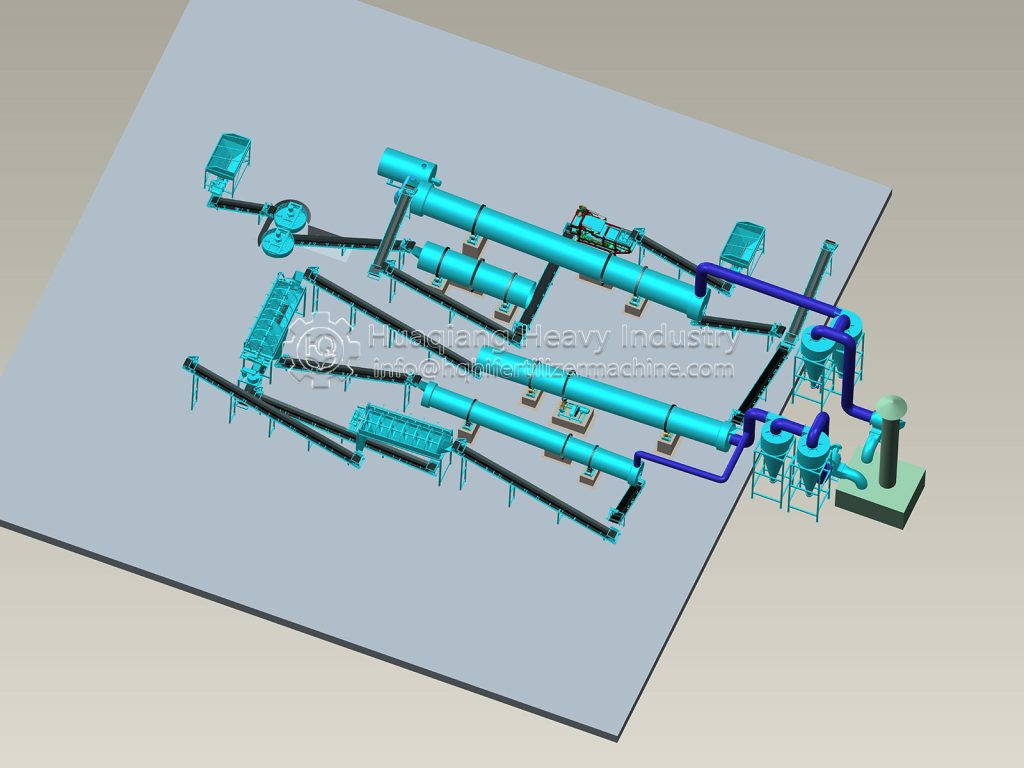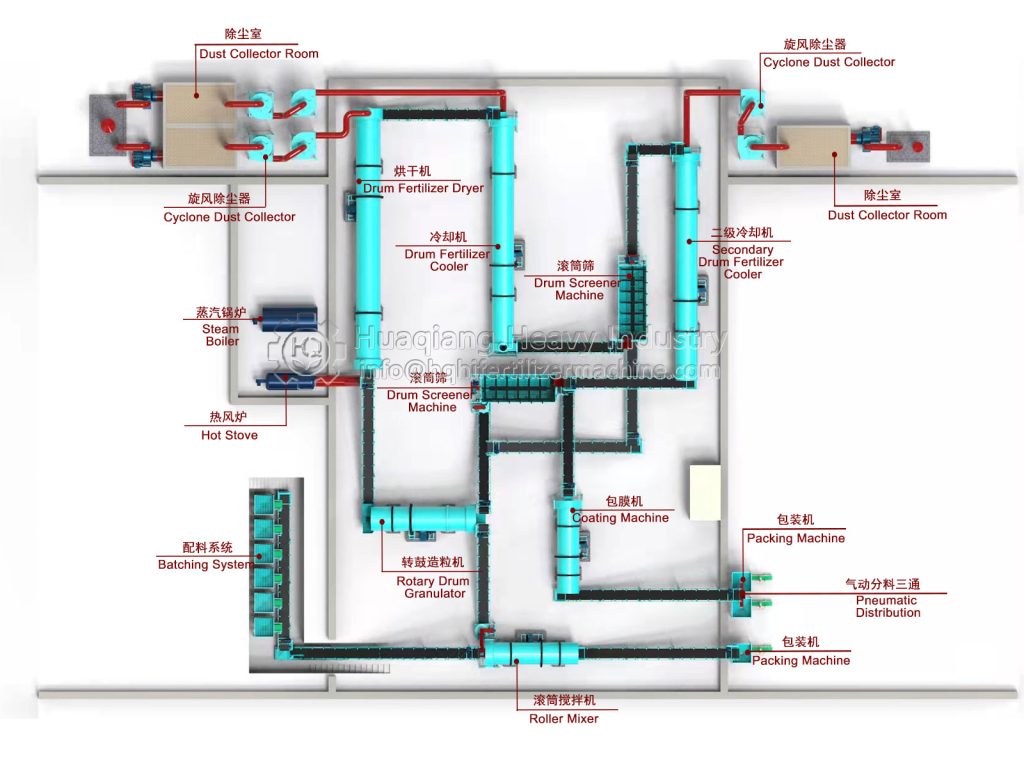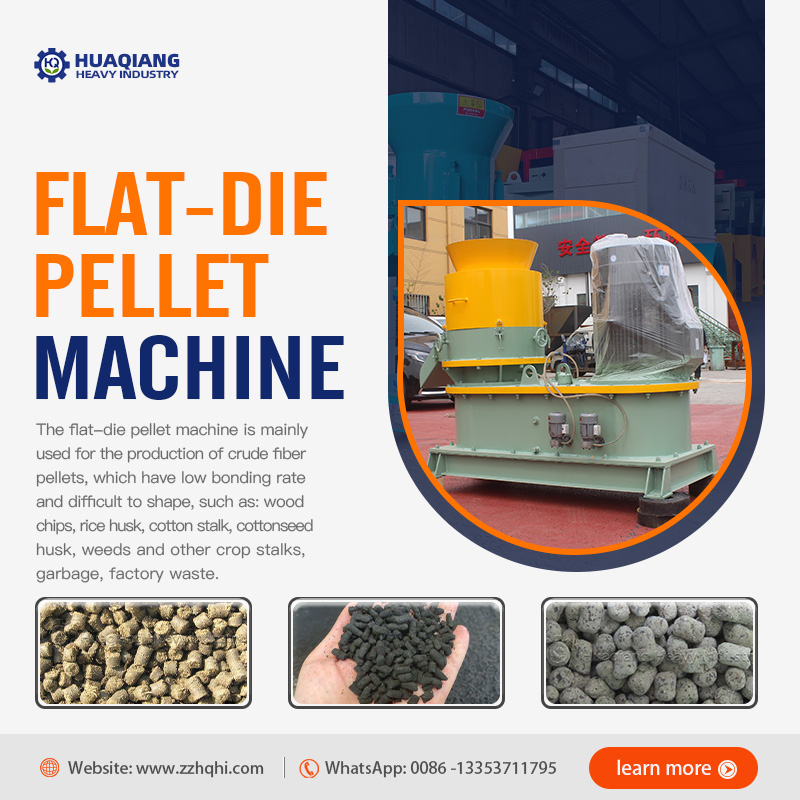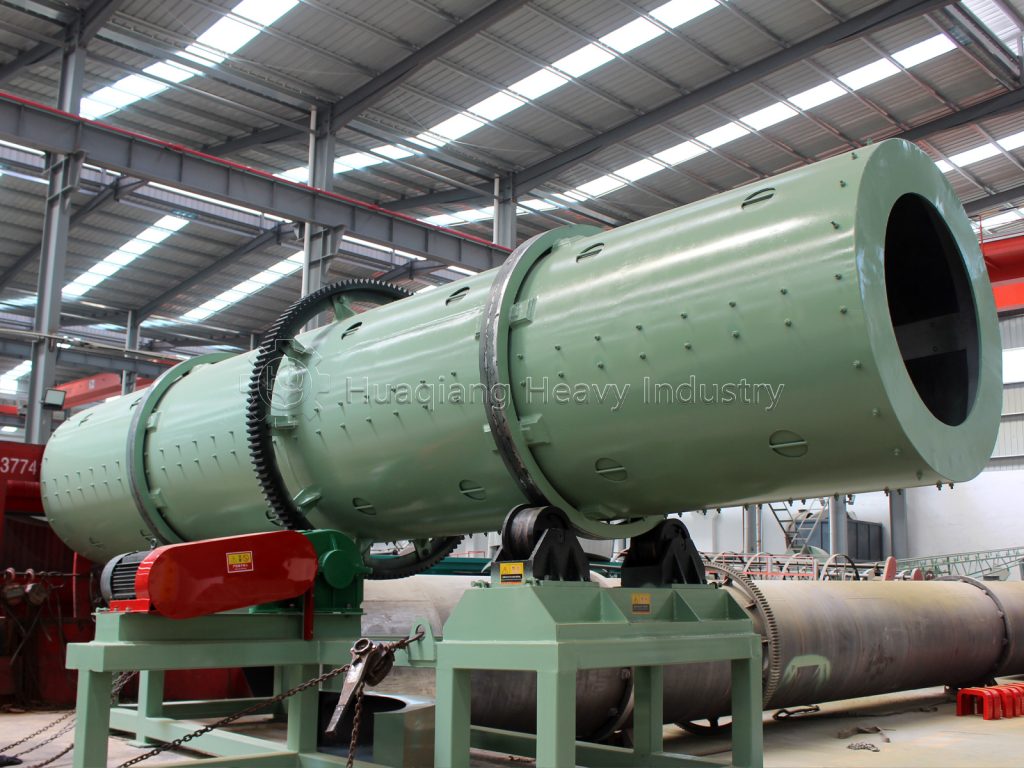With the trend toward green agricultural development, investing in a bio-organic fertilizer production line is becoming a highly promising option, offering numerous significant benefits.
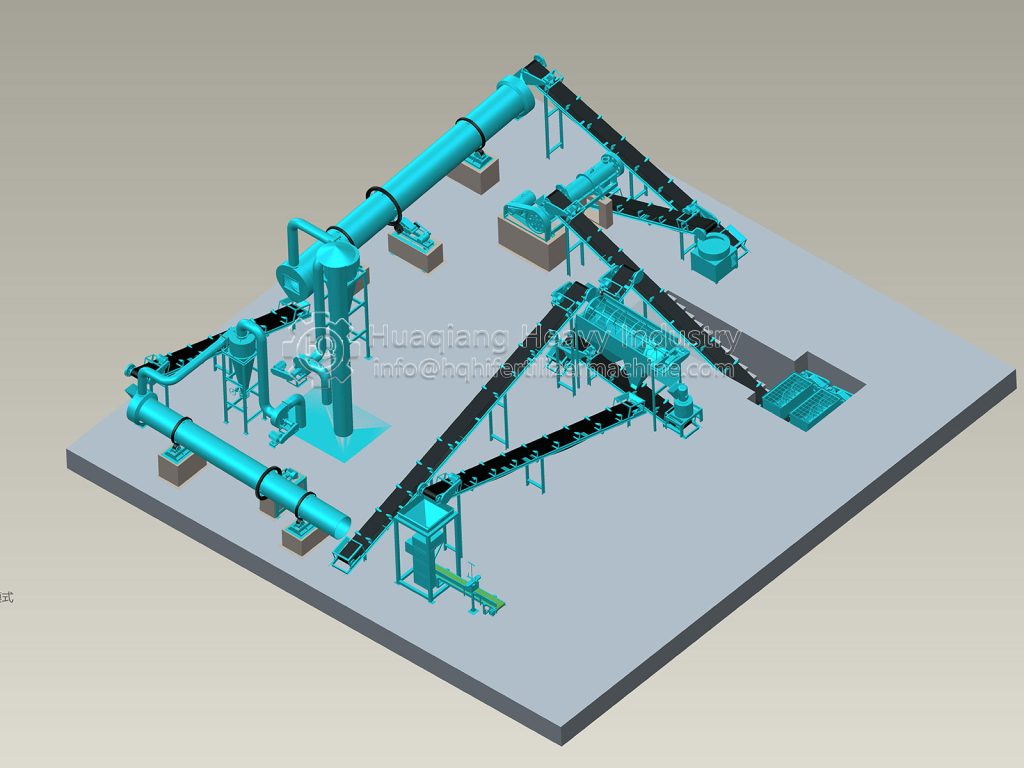
From a market perspective, demand for bio-organic fertilizer is growing rapidly. With consumers’ increasing interest in healthy food and organic produce, organic agriculture is booming, directly driving strong demand for bio-organic fertilizer. More and more farmers are choosing to use bio-organic fertilizer to reduce chemical residues, leading to continued market expansion. Furthermore, bio-organic fertilizer offers a competitive price compared to chemical fertilizers, which have higher production costs, making it more readily accepted by the market and providing investors with ample profit potential.
Environmental benefits are also a major drawback of investing in a bio-organic fertilizer production line. Currently, the disposal of organic waste, such as livestock and poultry waste and crop straw, is a major challenge. Improper disposal can cause serious environmental pollution. A bio-organic fertilizer production line can transform this waste into high-quality fertilizer through a series of processes. This not only solves the problem of waste pollution but also enables resource recycling, reduces negative environmental impacts, and contributes to ecological improvements. Regarding soil improvement, bio-organic fertilizers are rich in nutrients and beneficial microorganisms, effectively improving soil structure, increasing water and fertilizer retention, and boosting soil fertility. Long-term use of bio-organic fertilizers can make the soil more fertile and loose, promoting the growth and development of crops, increasing crop yields and quality, and promoting sustainable agricultural development.
In addition, investing in a bio-organic fertilizer production line offers policy support. To promote green agricultural development, the government strongly encourages the production and use of organic fertilizers and has introduced numerous preferential policies and subsidies, reducing investment risks and increasing returns for investors.
In summary, investing in a bio-organic fertilizer production line can bring significant economic benefits, as well as positive environmental and social benefits. It aligns with the direction of sustainable agricultural development and is a highly valuable investment option.


